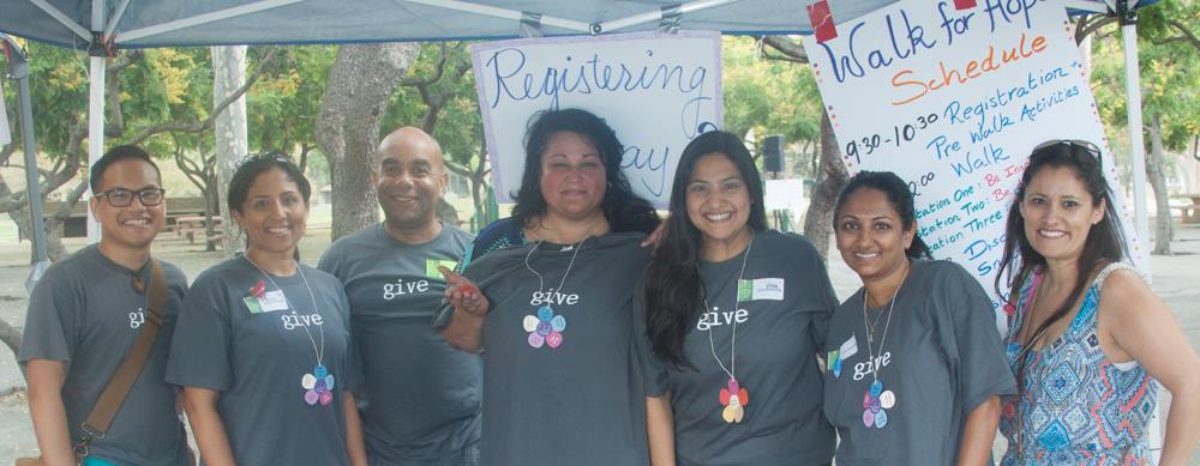Her Name is Bangladesh
Her Name Is Bangladesh
By Karishma Huda
I call Bangladesh a woman. Media perceptions, which often shape our own perceptions and realities, call Bangladesh a tragic woman. As a child she was violently raped by colonization, and as an adult brutally battered through war. She was able to secure her own independence and freedom, only to be subjected to one violent relationship after another – one with hunger, one with famine, one with natural disasters, one with political corruptness, and the list goes on and on. One might even consider her to be a bit of a whore. As a result, she has millions of children living in poverty. Bangladesh needs to be rescued. Like a child, she needs to be cuddled, fed, clothed, have her hair stroked. She is too feeble to stand on her own two feet, and if the West does not save her, she will most definitely be left to die.
But there is a fundamental problem with the way Western media perceive, and therefore depict, Bangladesh. I mean, really, which woman is this one-dimensional and can be defined so simplistically? Have Western newspapers, magazines, documentaries, television, etc. only gotten to know one side of Bangladesh’s personality? Perhaps, or maybe this is the only side of her that they wish to portray. Perhaps this is the image of Bangladesh that they consciously would like to paint in the minds of their audience. Why? If Bangladesh is a basket case that is in dire need of help, this opens up doors of opportunities for Western countries to exploit. Researchers and academics get funded to ‘learn and explain’ Bangladesh’s problems, development consultants get paid attractive salaries to go fix Bangladesh’s problems, journalists and filmmakers’ careers are thriving on showing the world Bangladesh’s problems, NGOs and international aid agencies have turned into a very lucrative business that is sustaining on Bangladesh’s problems. As long as Western countries are ‘helping’ Bangladesh, their governments and corporations have their foot firmly embedded on her. They hold the whip, and have a strong influence on her economy, politics, and resources.
Interestingly enough, it is the same pictures of Bangladesh that you see over and over – the one on the World Vision commercials, most Americans know exactly what I’m referring to. With all of the thousands of media sources there are, is it not strange that the same images and stories are constantly recycled? Floods and poverty – really, can no one find something else to write about or show? From what I understand (based on conversations I’ve had with reputable journalists), this is because only a handful of media professionals have personally gone to visit her and gather her story. All the others pick up these stories, make two phone calls to people who can confirm them and throw in some statistics (probably a big shot academic or executive of an international aid agency), and voila, a new story is born. I’m no expert, but I get the impression that the objective is to maintain the status quo by putting in the least amount of effort. So there you have it – you are getting to know Bangladesh through the eyes of people who have never even met her themselves.
But this is not the worst of the problems. After all, who really cares what Americans and the British think of Bangladesh anyway? And in all fairness, Western countries have contributed to the steady poverty reduction in Bangladesh. More of her children are being fed. The conundrum lies in the way that Western media perceptions have drastically affected the way that Bangladesh views herself. She has learned to believe that she is weak. She has grown dependant on foreign aid, and she has taken on the identity of a pauper. She plays on her image as a tragic woman to pull at the heartstrings of Westerners as she holds out her palm. And it works.
But she and her children know well that her identity is much more complex than that. Bangladesh is not tragic and one-dimensional. She is as much about poverty and floods as America is about freedom fries and baseball. Reducing her identity to that is a disgrace, and the media’s ability to do so in the minds of millions of individuals is dreadfully frightening. Her reality is multi-faceted, and the various intricacies weaved through her make her fascinating. Her children are not dying, they are surviving. Among the constraints that they face they laugh, they play, they are creative beyond imagination, they live, they thrive. She has so many wonderful stories. Perhaps the current generation of Bangladeshis living in the West, such as myself, should take the responsibility of sharing them with you, so you can get a glimpse at who she really is: a beautiful, enduring, loving, passionate woman who will leave you inspired.
*This short essay was inspired by a fantastic talk given at the Institute of Development Studies, University of Sussex by BBC journalist/filmmaker Esther Armah about her upcoming book “Can I Be Me?†regarding media perceptions of Africa.

I just visited Dhaka after 15 years and was surprised at how much *she* has grown up, even compared to some cities in India that I also visited during this trip (Bangalore notwithstanding). Because of Bangladesh’s smaller size and denser and more homogeneous population (compared to India), she really has the potential to develop quickly and aggressively and contend to be the “next India” (or at least, the “next Bangalore”).
The major hurdles are the usual: woeful infrastructure and corrupt business and political practices could undermine these efforts. If these two issues are not addressed then the “basket case” image will continue to perpetuate and leave Bangladesh’s neighbors to continue to reshape the world map without her.